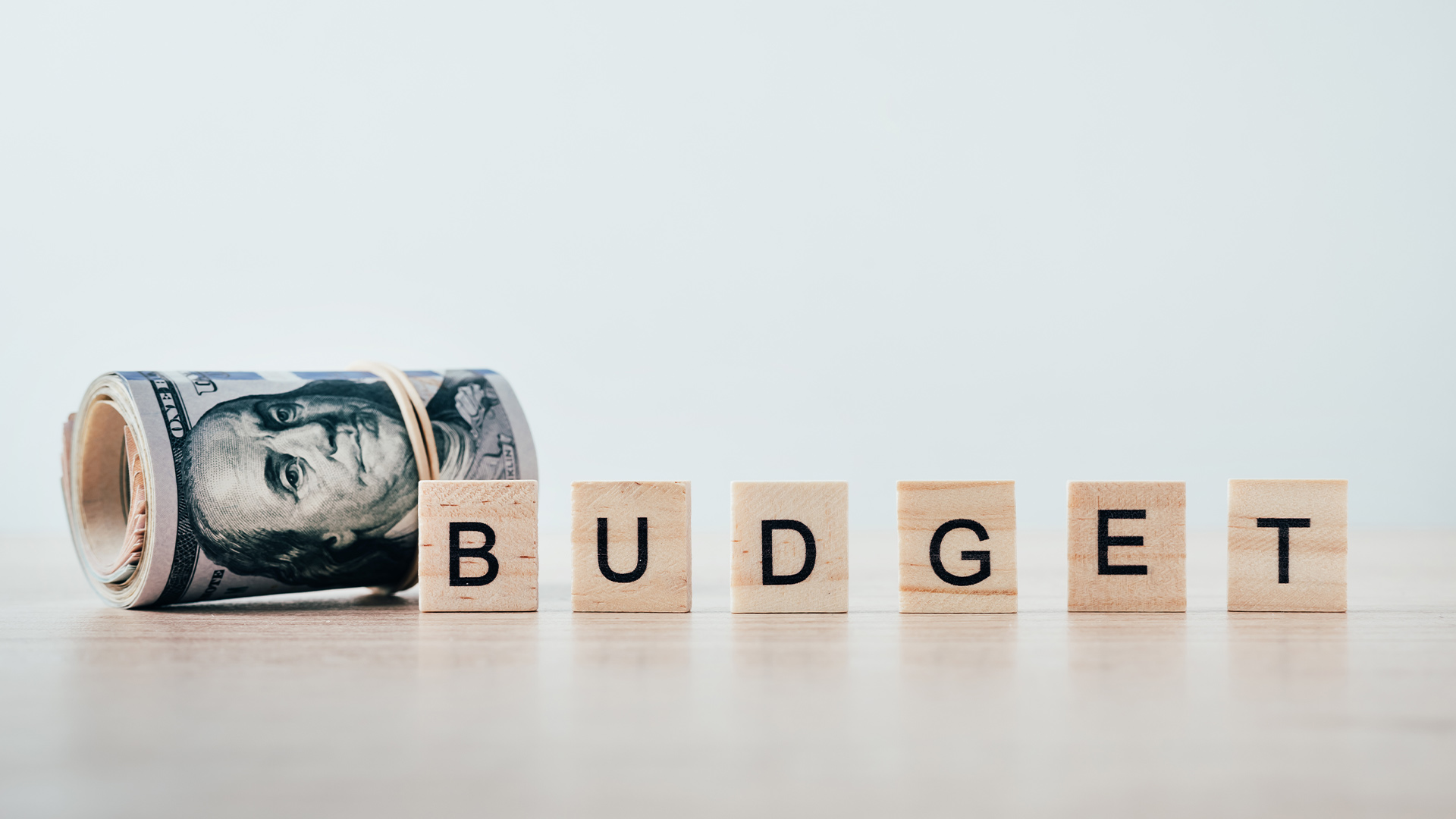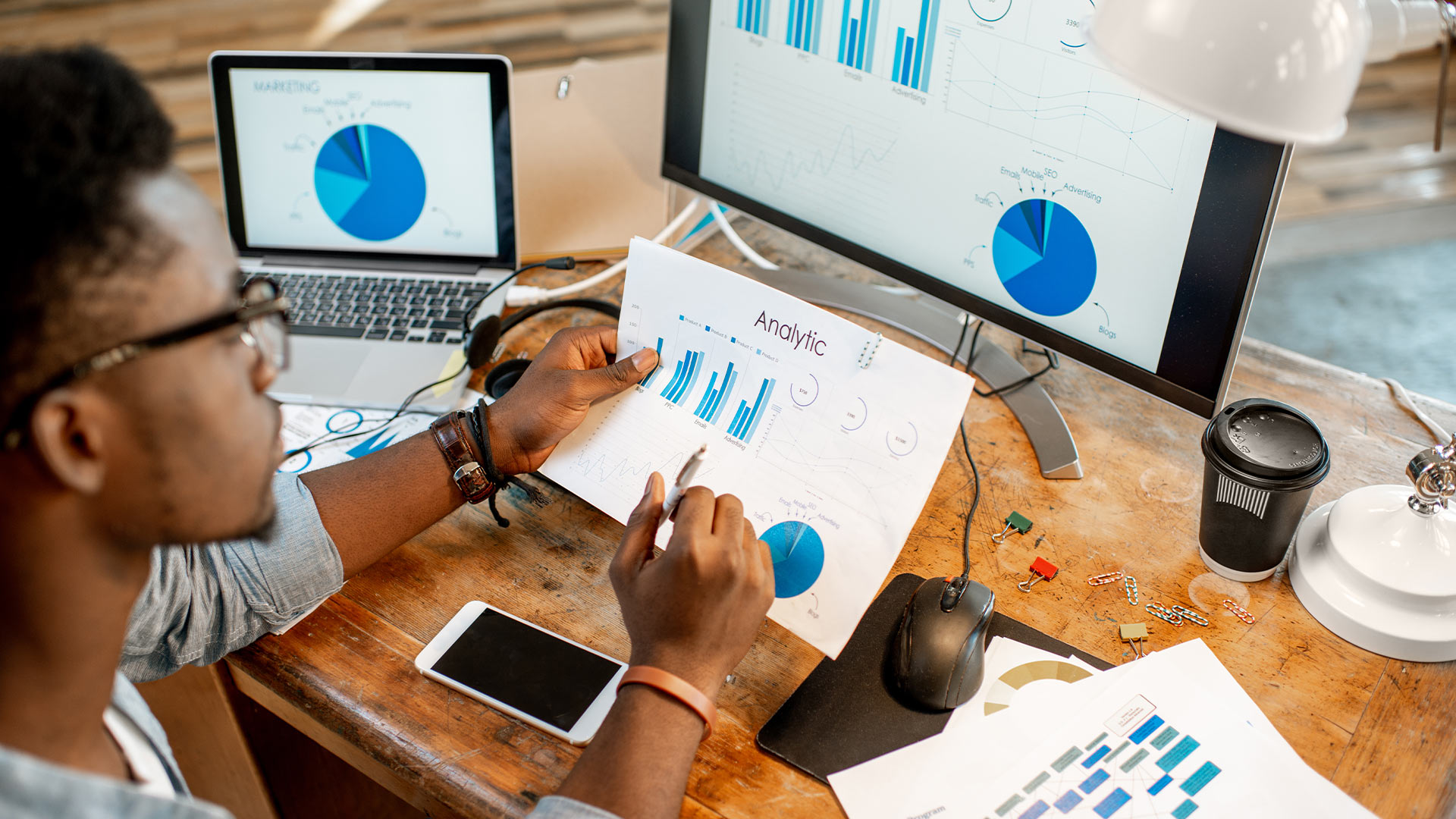
The Ultimate Daily Money Tracker
It’s the slow leak of daily spending that drains your budget. That’s why a simple daily money tracker is one of the most effective tools you can use to stay in control.
Choosing the right budgeting tool can make or break your money habits. For some people, tapping away in a slick finance app is second nature. For others, nothing beats the satisfaction of pen on paper. The truth is--neither option is better. The best tool is the one that fits your brain, your lifestyle, and your goals.

Choosing the right budgeting tool can make or break your money habits. For some people, tapping away in a slick finance app is second nature. For others, nothing beats the satisfaction of pen on paper. The truth is--neither option is better. The best tool is the one that fits your brain, your lifestyle, and your goals.
In this guide, we’ll compare digital vs. paper budgeting systems, highlight their pros and cons, and help you figure out which method (or combo) suits you best.
Let’s start with the tech-savvy approach.
What it looks like:
Pros:
Cons:
Who it works best for:
Now let’s talk analog.
What it looks like:
Pros:
Cons:
Who it works best for:
Still unsure? Ask yourself these:
Do I like writing by hand? Yes = lean paper. No = digital.
Do I always have my phone or computer handy? Yes = digital works. No = paper might be more reliable.
Do I want visuals like charts and pie graphs? Yes = digital. No = either.
Do I find apps distracting or overwhelming? Yes = paper could reduce stress.
Do I budget solo or with a partner? Digital tools often make collaboration easier.
Am I consistent with checking apps or calendars? If yes, digital tracking may stick better.
Many people find success with a combination of both methods. For example:
Hybrid systems let you enjoy the convenience of tech without losing the mindfulness of pen and paper.
The right budgeting tool is the one you’ll actually use. It should:
Whether you tap, swipe, scribble, or highlight, the goal is the same: more confidence with your money and more intentional choices with every dollar.

It’s the slow leak of daily spending that drains your budget. That’s why a simple daily money tracker is one of the most effective tools you can use to stay in control.

Spreadsheets might not be the sexiest part of managing money, but they’re one of the most powerful. A good budget spreadsheet saves you time, cuts down on stress, and shows you exactly where your money’s going--and where it should go instead.

If you’ve ever felt like you’re managing your money in a fog--checking five different apps, forgetting what bills are due, or losing track of your goals--a daily finance dashboard can clear it all up. It’s not just for data geeks or spreadsheet lovers. It’s a tool anyone can use to stay financially grounded in just a few minutes a day.